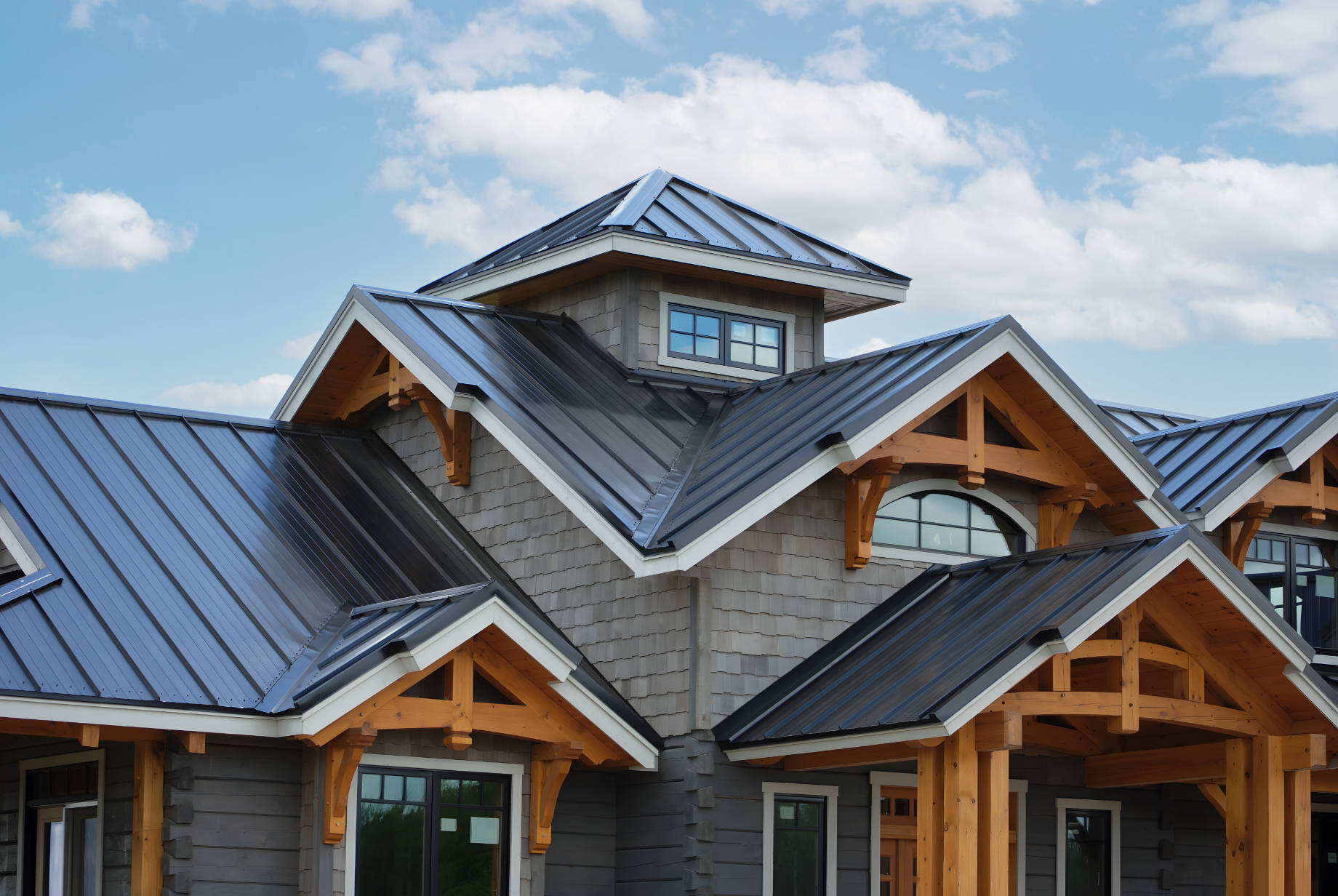
Home renovations in 2025 are defined by a fusion of advanced technology, eco-conscious materials, and thoughtful design. As homeowners seek both function and style, the latest trends marry contemporary innovation with long-term sustainability. Whether you are planning subtle upgrades or a comprehensive overhaul, restoration and rebuild services are essential for navigating this evolving landscape and ensuring top-notch results that stand the test of time.
Smart home integration, multipurpose spaces, and wellness retreats are not just visual appeals; they add value to modern homes, promoting harmony and health while future-proofing properties. Sustainability is a growing concern, leading to renovations focusing on reducing environmental impact without sacrificing comfort or style. Biophilic design and outdoor expansion demonstrate that updated homes can be beautiful, practical, and environmentally responsible. Staying informed about industry trends is crucial for successful renovation projects.
Sustainable Materials and Eco-Friendly Designs
Environmental concerns are driving significant changes in the home renovation sector. Choices like reclaimed wood, recycled metal, bamboo, and low-VOC paints are increasingly popular with homeowners aiming to reduce their carbon footprint while adding character to their interiors. Energy-efficient appliances and windows not only lower utility bills but also minimize waste. As more communities prioritize green building initiatives, these eco-friendly practices are quickly becoming the standard, rather than the exception.
Another growing element in sustainable refurbishments is the use of locally sourced materials. This approach reduces emissions associated with transportation and supports regional businesses. Homeowners are further enhancing sustainability through smart lighting and water-saving fixtures, all of which contribute to a greener, healthier planet.
Smart Home Integration
Technological innovation is a major theme for 2025, with home automation systems leading the way. Voice-activated devices and centralized digital interfaces allow for seamless management of lighting, security, temperature, and entertainment. AI-driven solutions develop a deeper understanding of homeowner habits, resulting in tailored energy savings and improved comfort. The addition of robust security systems and energy tracking gives homeowners enhanced peace of mind as well as operational savings.
Smart tech upgrades are not just about convenience—many offer measurable benefits like increased energy efficiency and improved home safety. As more devices become compatible with popular smart ecosystems, homes can be easily modernized to suit every household’s unique needs.
Multi-Functional Spaces
The multifunctional home is a direct response to changing lifestyles. Flexible spaces that cater to both work and leisure are a must-have. Home offices with convertible furniture, guest rooms that double as creative studios, and basements designed for both fitness and entertainment maximize every inch and allow families to grow and change without moving.
Innovative storage solutions, retractable walls, and modular furnishings enable these transformations. By prioritizing versatility, homeowners can adapt their living environments for remote work, hobbies, family gatherings, or even rental opportunities.
Biophilic Design Elements
There’s a renewed appreciation for bringing the outdoors inside. Biophilic design focuses on connecting occupants with nature using light, plants, and natural materials. Features like vertical green walls, expansive windows, and stone or wood finishes not only introduce tranquility but also have been shown to improve mood and productivity.
For urban dwellers especially, integrating greenery and organic shapes creates restorative sanctuaries, counteracting the stress of modern life. These touches—combined with fresh air and natural sunlight—can boost overall wellness for everyone at home.
Outdoor Living Enhancements
The boundary between indoor and outdoor spaces is blurring. Covered patios, all-weather kitchens, and even outdoor fireplaces or saunas make exterior areas usable year-round. Investments in landscaping and outdoor lighting also contribute to a welcoming ambiance while increasing resale value.
Flexible, multifunctional outdoor furniture further extends the use of decks, yards, and balconies, supporting activities from dining to relaxation. By making these areas accessible throughout the year, homeowners gain a richer living environment that blends comfort and nature seamlessly.
Bold Color Palettes and Textures
Personal expression is playing a bigger role in interior aesthetics. Deep jewel tones such as emerald, navy, and burnt orange are replacing sterile greys and whites. Textural variety is also a focus—think paneled walls, tactile fabrics, and statement ceilings with dramatic finishes.
This move toward vibrant color and texture isn’t just about style—it’s about creating warmth and personality. When combined with thoughtful lighting design, these choices add depth and dimension, giving every space its own unique identity.
Wellness-Focused Spaces
Home is increasingly seen as a sanctuary for both physical and mental well-being. Purpose-built areas like home gyms, meditation alcoves, or luxurious spa bathrooms provide daily opportunities to recharge and take care of one’s health. Saunas, hydrotherapy features, and aromatherapy corners are examples of specialized upgrades that support wellness at home.
Even simple changes—like better air filtration, acoustic insulation, and access to sunlight—can make a significant difference in comfort and overall quality of life. Prioritizing wellness in design supports a resilient and balanced lifestyle for every member of the household.
Energy-Efficient Upgrades
Energy-smart renovations help households save on long-term costs while reducing environmental impact. High-performance window glazing, on-demand water heaters, and solar panel systems are just some examples of upgrades that yield tangible savings over time.
Smart thermostats, LED lighting, and integrated battery storage offer both convenience and sustainability, further reinforcing the shift toward greener homes. As local building codes increasingly incentivize or require efficiency, these investments continue to gain traction for both new builds and remodels.
The innovations defining home renovations in 2025 offer homeowners countless ways to enhance beauty, wellness, practicality, and sustainability—ensuring that every update adds lasting value as well as comfort and style.